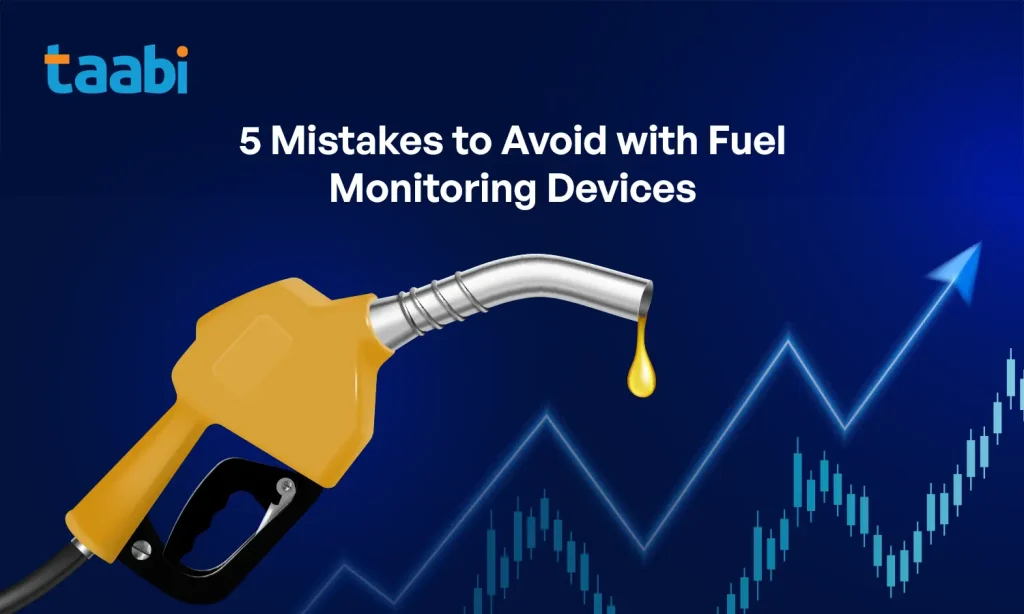1. Poor Hardware Installation
Installing the sensors or fuel level sensor incorrectly causes misleading data. If the wiring is loose or the fuel tank float sensor is misaligned the fuel monitoring system for vehicles will report wrong consumption or sudden drops. Always use certified installers to mount the hardware inside tanks fix connectors and calibrate sensors after installation. Don’t skip testing with known volumes to ensure readings match reality.
2. Ignoring GPS Fuel Monitoring System Data
Many managers buy a gps fuel monitoring system then leave data idle. The device sends hours of information about fuel tracking device metrics idling route inefficiencies and driver behavior. If that data is never reviewed or acted on you lose the value of the investment. Set regular reviews assign someone responsible and use reports to change behavior or routes.
3. Overloading with Metrics
A system that tracks too many things at once overwhelms your team. Including all possible telemetry engine diagnostics, tyre pressure, battery health and more may seem good but distracts from what matters for fuel control. Pick a few key indicators like fuel consumption idling time and engine efficiency to start then add more only if they provide insight. That makes decision making faster and yields real savings.
4. Not Integrating with Other Fleet Systems
If your fuel management unit 210 or fuel tracking device works in a silo you miss cross-checks. Integration with maintenance scheduling control tower tools GPS tracking telematics and ERP systems allow you to connect fuel data with driver behaviour, vehicle health and route planning. Taabi for example builds its fleet fuel management software that integrates real-time tracking and predictive tools to detect idling time and optimize fuel use.
5. Skipping Calibration and Updates
Sensors drift over time and software advances create new insights. If you never calibrate your fuel gas detector sensors, repair hardware or update firmware you get stale or inaccurate readings. Scheduling periodic calibration, replacing sensors when needed and making sure your fuel control system has the latest version avoids costly misreports. Keeping device firmware current can also help detect theft anomalies or measurement errors early.
Using a fuel monitoring device well means respecting both hardware and data workflows. Avoiding these 5 mistakes stops leaks money loss and bad decisions so your fleet performs better. Smart use of a fuel monitoring system for vehicles improves reliability emission profiles and bottom line.








